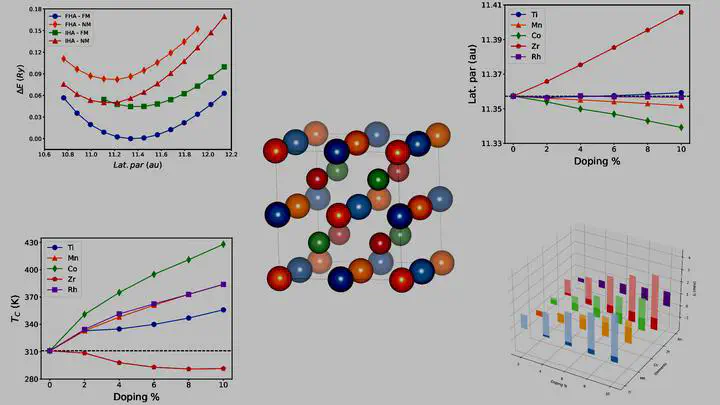Disordered Materials

Scientific Challenge
Disordered alloys—including high-entropy alloys (HEAs) and compositionally complex Heusler systems—are multi-component materials in which chemical disorder plays a constructive role, enabling exceptional mechanical strength, corrosion resistance, magnetic functionality, and thermal stability. This intrinsic disorder also provides a powerful design handle: targeted compositional tuning and doping can systematically modify macroscopic properties.
However, predictive design in disordered alloys remains fundamentally challenging. The absence of translational symmetry renders Bloch’s theorem inapplicable, limiting conventional band-structure approaches. A central scientific challenge is therefore to understand how atomic-scale disorder, site occupancy, and compositional fluctuations govern emergent electronic, magnetic, and thermodynamic behaviour. Resolving this problem is critical both for fundamental materials physics and for applications in energy-efficient technologies, including hydrogen evolution catalysis, magnetocaloric refrigeration, and spintronic devices.
Our Approach
We adopt a methodologically controlled, physics-led framework to study disorder in complex alloys, implementing high-throughput computing to map concentration-dependent properties systematically:
- Density Functional Theory (DFT) with plane-wave supercell models to represent realistic atomic configurations
- Green’s-function-based Coherent Potential Approximation (CPA) to capture substitutional disorder beyond finite supercells
- Compositional tuning and site-selective doping strategies to isolate the role of specific atomic substitutions
- Mean-field and Monte Carlo methods to connect electronic structure with finite-temperature thermodynamic behaviour
Rather than attempting exhaustive configurational sampling or universal optimisation, we focus on robust compositional trends and disorder-tolerant mechanisms that remain meaningful across configurational variability. This approach enables predictive, experimentally relevant insight while respecting the intrinsic limits imposed by disorder.
Key Insights & Achievements
- Identified multi-ion disorder effects in Zn-K/WO₃ electrochromic systems via DFT, supporting experimental battery development (50% modulation, 3000 cycles) with AKS group
- Identified Ni–Mn-based Heusler alloy with extended operational temperature windows
- Revealed site-selective doping mechanisms in Mn₂CoAl that govern Curie temperature (Tc) and spin-gapless semiconductor (SGS) behaviour, directly relevant for spintronic applications
- Identified spin-glass behaviour in near-equiatomic FeRh, clarifying the role of competing magnetic interactions in chemically disordered environments
Collectively, these results establish a mechanism-driven roadmap for the rational design of disordered alloys, where functional properties emerge from controlled compositional complexity rather than idealised order.